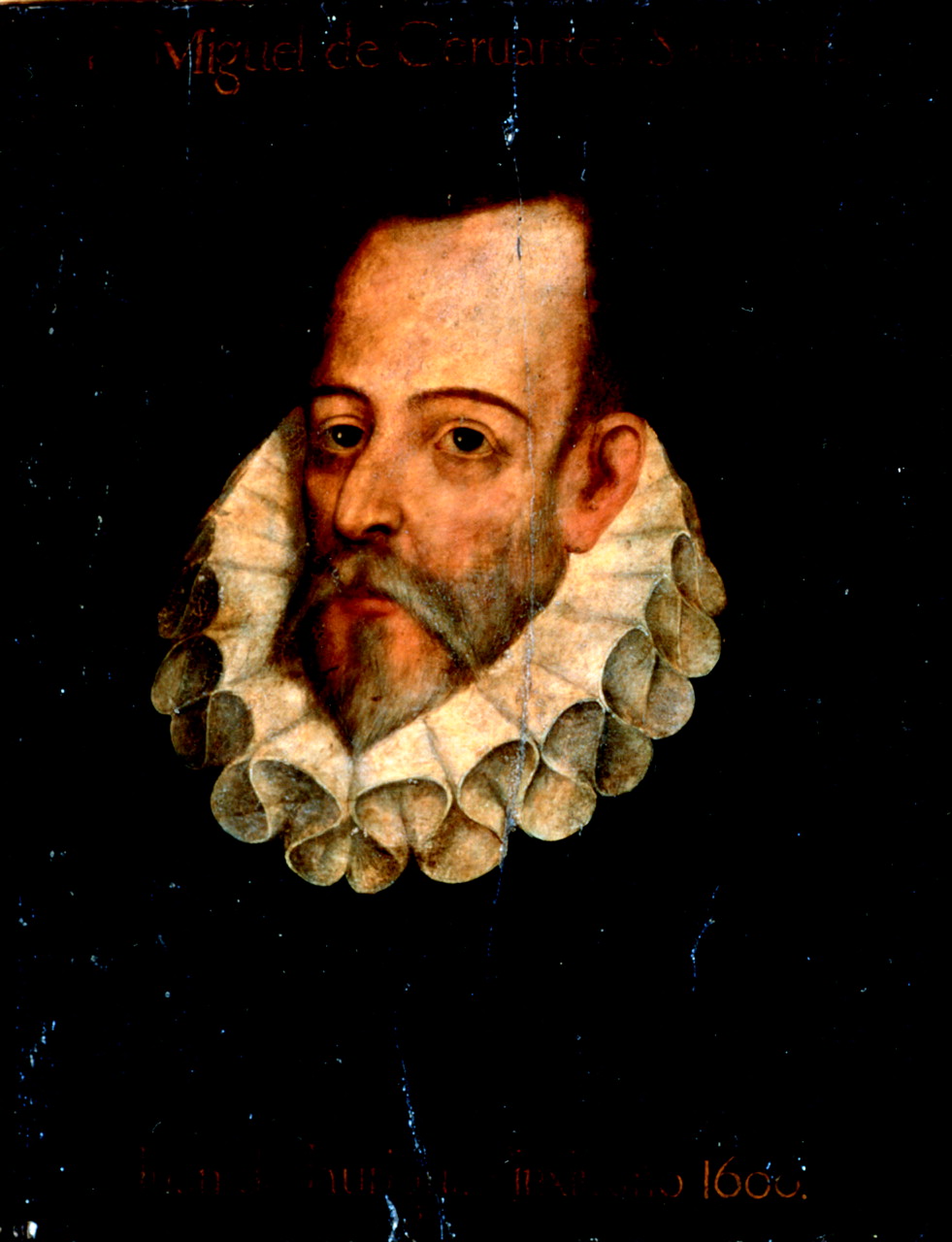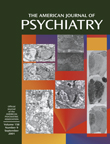Cervantes was born in Alcalá de Henares (Madrid) on an autumn day in 1547. He was descended from a dynasty of well-regarded physicians and was the son of a humble surgeon who had to abandon his profession. His life was filled with extraordinary situations reminiscent of his literary creations. At the age of 22, he ran away to Italy after wounding a man in a duel. As a soldier in the service of Philip II, he fought at the battle of Lepanto, where he was wounded in the left hand. Taken by Barbary pirates, he spent 5 years in captivity in Algeria, although on at least four occasions he tried to escape. Once back in Spain, he found work as a royal agent confiscating grain and other goods, which resulted in his being subjected to a number of denunciations, imprisonments, and two excommunications. He died in 1616, just a few days after the death of Shakespeare.
Cervantes is universally known as the writer of
Don Quixote, his first novel, and, even today, still the best
(1). Here Cervantes provided a deep and thorough description of the delusional ideas of greatness and persecution and auditory and visual hallucinations, along with melancholia and cognitive impairment, which suggest several neuropsychiatric diseases (paranoid schizophrenia, dementia). The relationship between Don Quixote and Sancho Panza is central to the work. The nobleman represents loss of reason; his squire is the personification of common sense. Sancho comes to be the companion of the craziest man in the world. When Don Quixote, on his deathbed, seems to regain lucidity and tries to persuade Sancho that walking knights do not exist, the squire, raving mad, answers by encouraging his master to live long in the world of his dreams. Sancho accepted and completely shared Don Quixote’s delusional ideas of greatness. His was a case of
folie à deux.The influence of Cervantes on the creative work of writers (Borges, Dostoevsky, Joyce, Twain), musicians (Purcell, R. Strauss), and painters (Picasso) is important and well known. However, there has been little appreciation of the influence of Cervantes on some key figures in psychiatry, such as Freud, or on figures in neuroscience, such as Cajal.
At the age of 27, Freud
(2) wrote to his future wife, Martha Bernays, about the deep impression left on him by his reading in Spanish of Cervantes’s works. He was particularly interested in “The Colloquy of the Dogs” between Cipión and Berganza, in which one of the dogs recounts his life while the other just listens, and he found an identification with Don Quixote, who was able to fight to madness for his dreams. About that time, Freud was wondering whether to follow his neuroscientific research and become a modern scientist (the quixotic ideal) or to devote himself to private medical practice (Sancho, as a reality principle).
Cajal discovered
Don Quixote at the age of 12, but he did not enjoy a story with an unhappy ending, in which the hero suffered so many setbacks. This first impression changed radically during his life, as can be seen in his essays, which are full of references to Cervantes. In 1905, a year before he was awarded the Nobel Prize in Physiology or Medicine, he gave a speech at the Medical College of San Carlos titled “Psychology of Quixote and Quixotism,” in which he considered Don Alonso Quijano “an ideal of humanity, magnificence, and justice”
(3) and suggested that these ideals must always inform the authentic scientist. At that time Cajal was a member of a regenerationist movement in Spain that embraced science and education, although he abandoned it a few years later, disappointed and tired of controversy. In this way, his life and his work were an example of quixotism.


